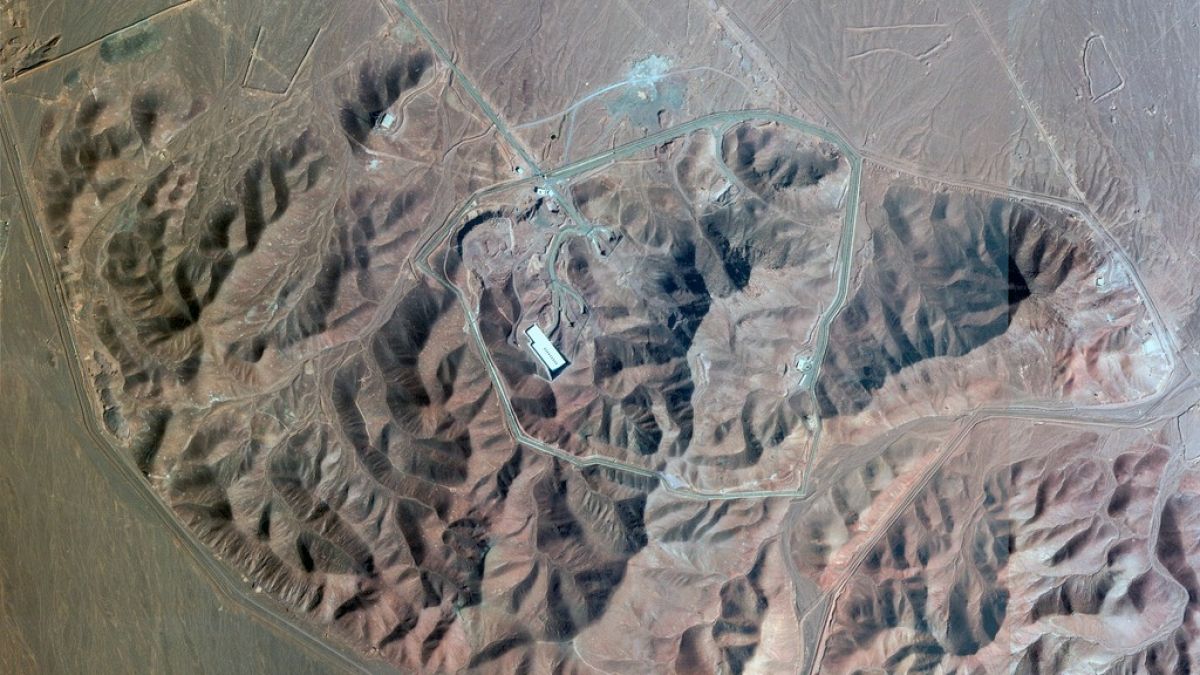

In recent global developments, key events are unfolding that capture the world’s attention. These stories range from military strikes and protests to ongoing negotiations for peace, all contributing to an intricate international landscape.
Amid tensions between the United States and Iran, a recent US intelligence report suggests that military operations aimed at Iranian nuclear sites may have delivered only a temporary setback. Contrary to previous declarations by former President Trump, these military actions are noted to set back the nuclear program by mere months rather than years. The revelation underscores the complex nature of nuclear non-proliferation efforts and the challenges in achieving long-term strategic goals.
Meanwhile, significant unrest unfolds in Greece as thousands gather in Athens to express their opposition to these US military strikes on Iranian nuclear sites. This public outcry highlights the broader regional and international implications of military actions in such sensitive geopolitical areas. The protests serve as a reminder of the potent intersection between foreign policy decisions and public perception, influencing diplomatic relations and stability.
In a parallel development, the conflict in Ukraine continues to be a focal point of international discourse. As President Zelenskyy meets with Western allies at a NATO summit, purported military support from the United States remains uncertain. Analysts observe that key military commitments from the Biden administration are poised to conclude within months, although it remains to be seen if the current administration will continue aid. This ongoing conflict, marked by recent casualties from strikes across Ukraine, underscores the continued need for diplomatic dialogues aimed at conflict resolution and peacebuilding.
The situation is echoed in other parts of the world, where violence and negotiations strive to strike a balance. In Gaza, tragedy strikes as the Israeli military fires near Palestinians waiting for aid, resulting in numerous casualties. Such incidents shed light on the humanitarian complexities and the dire need for effective aid delivery in conflict zones.
In Sudan, a critical humanitarian crisis deepens with a devastating attack on the al-Mujlad hospital in West Kordofan. This assault has claimed the lives of over 40 civilians, including healthcare workers, as ongoing fighting between the Sudanese military and paramilitary Rapid Support Forces (RSF) continues. The World Health Organization has voiced strong condemnation of this act, emphasizing the urgent need for ceasefire and humanitarian access to alleviate suffering and provide necessary healthcare services.
Touching on ceasefire efforts, recent statements by former President Trump reflect ongoing tensions between Iran and Israel. On a contentious note, Trump publicly addressed perceived violations of a ceasefire agreement between the two nations, stressing the need to uphold peace for regional stability. His comments, while blunt, point to underlying complexities in securing lasting peace between conflicting parties.
Turning to the African continent, Mozambique faces a dire situation with reports of insurgents abducting at least 120 children. Government forces, with the support of regional allies such as Rwanda and South Africa, strive to counter these insurgents in Cabo Delgado province. This incident highlights the prevalent threats to security and child welfare in parts of Africa, challenging collective efforts towards achieving peace and stability.
As these global narratives unfold, they paint a vivid picture of a world grappling with diverse challenges. From protests and humanitarian crises to diplomatic negotiations, each event underscores the interconnectedness of our global community. Through mindful engagement and collaboration, it is hoped that peaceful resolutions and sustained development can be achieved, bringing about a more harmonious world for future generations.
Source: {link}
